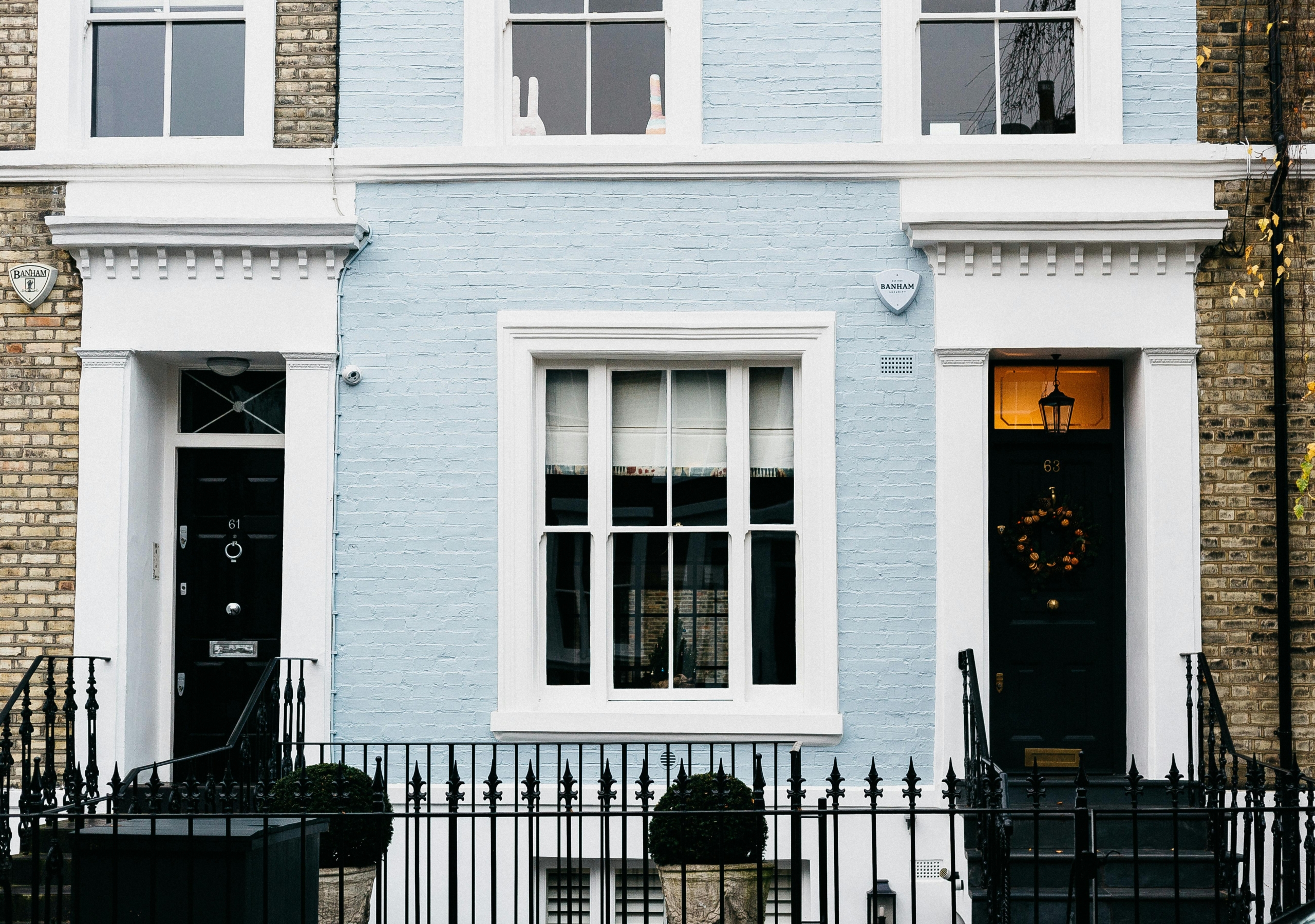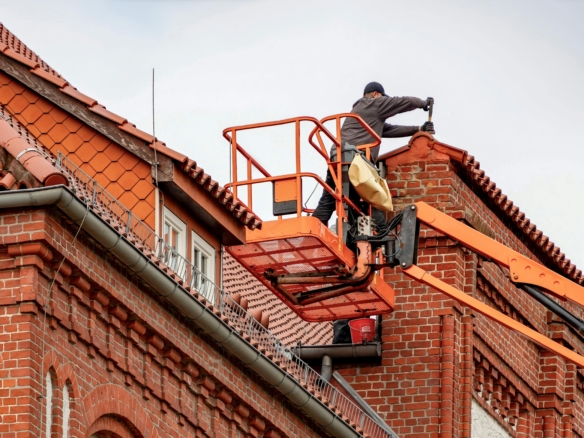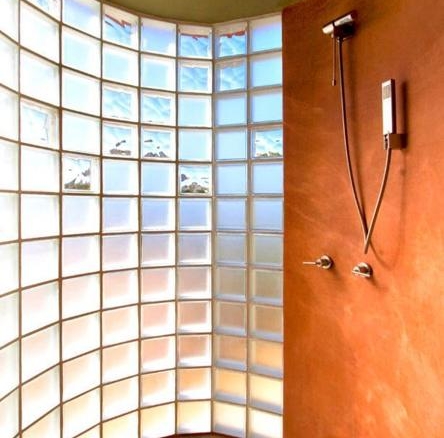If you own a period home — Victorian, Edwardian, Georgian or simply a property with traditional charm — you’ve probably come across or inherited tired sash windows. They evoke heritage, character and timeless appeal. But before you rest on their looks, it’s worth considering what having sash windows actually means in 2025.
What is a sash window?
A sash window — sometimes called a “hung sash window” — is a type of window made up of one or more movable panels (the “sashes”) that slide vertically (and in some variants, horizontally) within the window frame. (Wikipedia)
Traditionally, sash windows were crafted in timber and balanced by hidden counterweights and cords or chains so you could open the top, bottom — or both — to control ventilation. (Wikipedia)
They became especially popular in Georgian and Victorian England, which is why they remain a defining architectural feature in many older houses across the UK. (Wikipedia)
Modern sash windows, while replicating the classic look, often use double glazing and materials such as uPVC or aluminium — offering improved insulation, lower maintenance, and increased durability compared to their original timber counterparts. (Homebuilding)
How much should a sash window cost?
Costs vary significantly depending on size, material and whether you’re repairing existing windows or installing new ones. According to a 2024-2025 cost guide:
- uPVC sash windows: approx. £250–£450 per window — the most affordable, low-maintenance option. (MyBuilder)
- Timber sash windows: roughly £500–£1,000 per window, often chosen for authenticity and traditional properties. (MyBuilder)
- Aluminium sash windows: around £800–£1,200 per window, offering slim profiles and strength for larger glazing areas. (MyBuilder)
As with all windows, the final cost will depend on custom sizes, glazing options (single, double or triple), installation complexity, and whether you need additional upgrades (e.g. draught-proofing, security glazing, trickle vents for ventilation).
Why is it called a “window sash”?
The term “sash window” comes from the movable “sashes” — the individual framed panels of glass — that slide within the window frame.
Historically, each sash was often made up of smaller panes in a timber frame, balanced with weights and cords hidden within the frame. This clever mechanism gave the window flexibility — you could open the top sash, the bottom sash, or both — to regulate airflow while retaining the classic proportions and appearance. (Wikipedia)
So essentially: the “sash” refers to the part that moves — and thus the entire window type takes its name from that.
What is the modern alternative to sash windows?
If you like lower maintenance, improved thermal performance and easier operation, many homeowners now opt for alternatives. Some of the most popular modern replacements include:
- uPVC or aluminium sash-style windows: These preserve the sash aesthetic but use modern materials and double glazing, reducing draughts, improving energy efficiency and lowering upkeep.
- Casement windows: Opening outward on hinges, they tend to be cheaper, simpler, and require less maintenance because they have fewer moving parts.
- Modern double- or triple-glazed windows with high-efficiency frames, compliant with current energy and safety regulations (e.g. improved U-values, low-emissivity glass, trickle vents) — ideal if you want comfort, sustainability and compliance. (Bereco)
For homeowners in older or listed properties, some companies specialising in heritage-style windows (like Kelly’s Sash Windows) offer bespoke sash replicas with modern performance — giving you the best of both worlds: period charm and contemporary standards. You can check their offerings here: https://kellyssashwindows.co.uk/
Compliance, regulations and when to replace
If you’re replacing windows — including sash windows — in an existing home in England or Wales, you must comply with current building regulations. These cover: energy efficiency (Part L), safety (impact protection, glazing near doors/windows, fire escape routes — Parts K, B), ventilation (Part F), and security (e.g. standards under FENSA or equivalent compliance schemes).
In many homes, installing new sash-style windows will therefore require proper certification — often through a competent-person scheme or building control inspection.
If you live in a listed building or within a conservation area, what you can install may be more restricted — and you might need planning permission.
For expert help on heritage-style sash windows that comply with modern standards, Kelly’s Sash Windows is a specialist worth contacting. Plus, when replacing windows, it’s wise to engage a certified installer so you receive the proper compliance paperwork under the relevant building regulations.
Should you keep your sash windows — or replace them?
Here are a few guiding questions to help you decide:
- Do you value period authenticity and heritage character — for instance in a Georgian, Victorian or Edwardian property? If yes: restoring or replacing with timber (or heritage-style) sash windows may make sense.
- Are energy efficiency, thermal insulation and lower heating bills a priority? If yes: modern double- or triple-glazed sash-style windows (uPVC, aluminium or timber) will likely outperform original sash windows.
- How important is low maintenance and long-term durability to you? Modern alternatives significantly reduce upkeep compared with traditional timber sash windows, which often suffer from rot, draughts or mechanical issues. (Wikipedia)
- Are your windows subject to regulation (listed building, conservation area)? If yes: check local planning rules — and consider using a heritage-style specialist (e.g. Kelly’s Sash Windows) to preserve character while staying compliant.
Final Thoughts
Sash windows carry a legacy — the visual poetry of Georgian terraces, Victorian townhouses, and Edwardian suburban homes. But legacy doesn’t always mean efficiency. As we push towards greener, safer, and more comfortable homes, sash windows increasingly need either careful restoration or modern reinterpretation to meet today’s standards.
If you cherish period authenticity, a well-executed sash-style replacement can offer the best of both worlds. If you prioritise comfort, energy savings and low-maintenance living — a modern alternative may serve you better.
For heritage-style sash window solutions that meet modern building regulations, consider checking out Kelly’s Sash Windows. And always ensure any replacement or new installation is registered via a legitimate compliance scheme under current building regulations.






